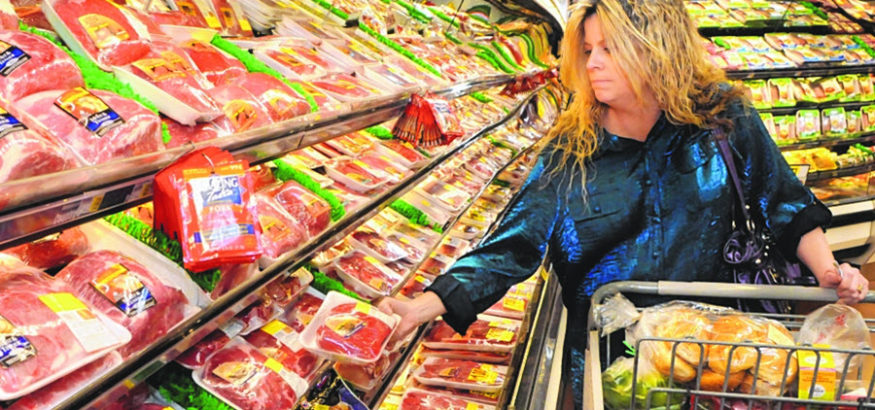Rising Food Prices Hurting Your Budget? Here’s What To Do
One of the hardest areas to manage when you have a tight budget is the food category. Often, families only have so much flexibility, as the expense isn’t typically optional in nature. However, if it seems like there is little you can do about your grocery bill, that actually isn’t the case. With proper planning and a little bit of knowledge, you can get this potential budget-buster in line. Here’s how.
Not ALL Foods are More Expensive
Even though the average cost of food went up 0.2 percent between March and April, and is 0.5 percent higher than it was in April 2016, certain items are actually less expensive now than they were before. For example, during 2016, the price of eggs actually fell 21.1 percent, making a previously economical food choice even more affordable. Additionally, certain domestic food products were also less expensive since a strong dollar made the items less desirable to overseas markets.
While the cost of food can fluctuate based on a variety of factors, such as climate conditions and currency shifts, learning to track which foods are plentiful in the US economy can help you identify cost savings. If you see that a particular food or category is less expensive, consider stocking up if the items can be stored. You can also have them feature more prominently in your meal planning, allowing you to take advantage of the current savings.
Look at the Price Per Unit
Most people are led to believe that buying in bulk is less expensive, but this isn’t always the case, especially when certain sizes are on sale. The easiest way to spot the real bargain is to examine the price per unit and not the total cost of the package. In some cases, this information is displayed on the store pricing stickers that are on the shelves, making it easy to see which option is actually cheaper based on what is provided. Otherwise, you’ll need to do some simple math (using a calculator app can make this simple) by dividing the cost by the number of ounces, individual servings, or similar metric. Once the calculations are complete, it is easy to see which option is actually more cost effective.
Learn Your Savings Options
Most people are familiar with the idea of using coupons for some savings, but there are more options available than the traditional paper versions with which you may be currently accustomed. Some store loyalty cards give you the ability to load digital coupons directly to your account, allowing them to automatically apply when you shop.
There is also a range of rebate-oriented apps that give you money back when you buy certain items. In fact, you can combine coupon savings with rebate apps and save multiple times on the same foods, possibly making the end cost nearly zero. Popular apps like Ibotta and Checkout 51 are easy to use and, once your account balance reaches a certain threshold, you can request the funds back as cash.
By learning how to spot lower cost items and getting money back on products you would have purchased anyway, you can bring the cost of food down in almost any household. Just make sure to stay vigilant, as food prices shift all of the time, and make your menu flexible if you spot a truly good deal.
Help For Low Income Earners
If you are dealing with financial hardship and finding it hard to put food on the table, there are numerous options available to assist. These options can range from one off assistance to ongoing help for those needing a bit more time to get on their feet. SNAP, which is the program formally, known as food stamps is a great program to ensure Americans don’t go without. The eligibility is straightforward and easy to access – learn more here.
There are also numerous other national and local programs available, especially for families with young children. Review these different programs here.

